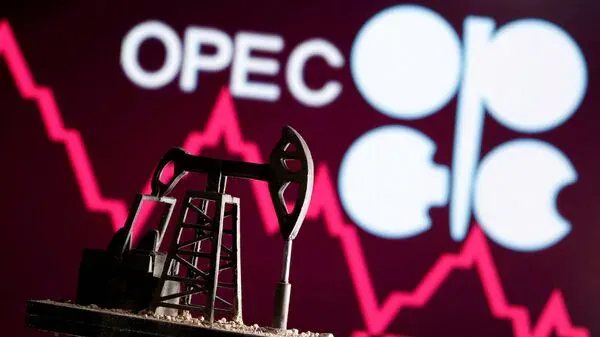A Strategic Foresight Report for Investors in an Emerging Climate Risk Regime – AoT Planetary Intelligence Bulletin
Executive Summary
Key Insight
New evidence suggests that two of Earth’s planetary climate regulators—the Atlantic Meridional Overturning Circulation (AMOC) and Southern Ocean overturning circulation—may be approaching irreversible tipping points before 2050. Their collapse would trigger nonlinear macro-financial shocks with systemic implications for global markets, sovereign credit, and institutional portfolios.
3 Risk Scenarios to 2050
|
Scenario |
Temperature |
System
Status |
GDP
Loss |
Credit
Risk |
|
Central |
~2.0 °C |
Moderate slowdown |
3–5% loss |
Mild CDS widening |
|
Severe |
~2.5–3.0 °C |
Significant weakening |
10–15% loss |
Sovereign downgrades |
|
Tail |
3.0 °C+ |
Collapse of AMOC + Southern
Ocean |
20–30%+ loss |
CDS >1000bps; defaults
likely |
Top 3 Financial Implications
- Sovereign Credit Disruption
– Climate-tied rating downgrades, bond volatility, and regional debt crises - Asset-Class Repricing
– Breakdown in diversification logic; equities, insurance, and real assets face systemic devaluation - Infrastructure and Food System Collapse Risk
– Tipping cascades may trigger compound failures across agriculture, insurance, and public systems
Key Early-Warning Signals to Watch
|
Indicator |
Threshold |
Action |
|
AMOC slowdown (RAPID) |
>20% vs baseline |
Reduce EU exposure |
|
Salinity rise (Southern Ocean) |
+0.5 PSU |
Hedge carbon & commodities |
|
CDS spreads (EM sovereigns) |
>500bps |
Exit/rotate to green sovereigns |
Strategic Allocation Implications
|
Asset
Class |
Tail
Scenario Exposure |
Resilience
Strategy |
|
Equities |
–35% loss |
Shift to climate-aligned
sectors |
|
Sovereign Bonds |
–25% loss |
Exit high-risk EM, add green
bonds |
|
Real Assets |
–40% in coastal RE |
Reallocate to high-latitude
farmland |
|
Insurance |
–50% loss |
Limit exposure; use CAT bonds |
|
Liquidity |
Preserved |
Increase allocation, maintain
optionality |





